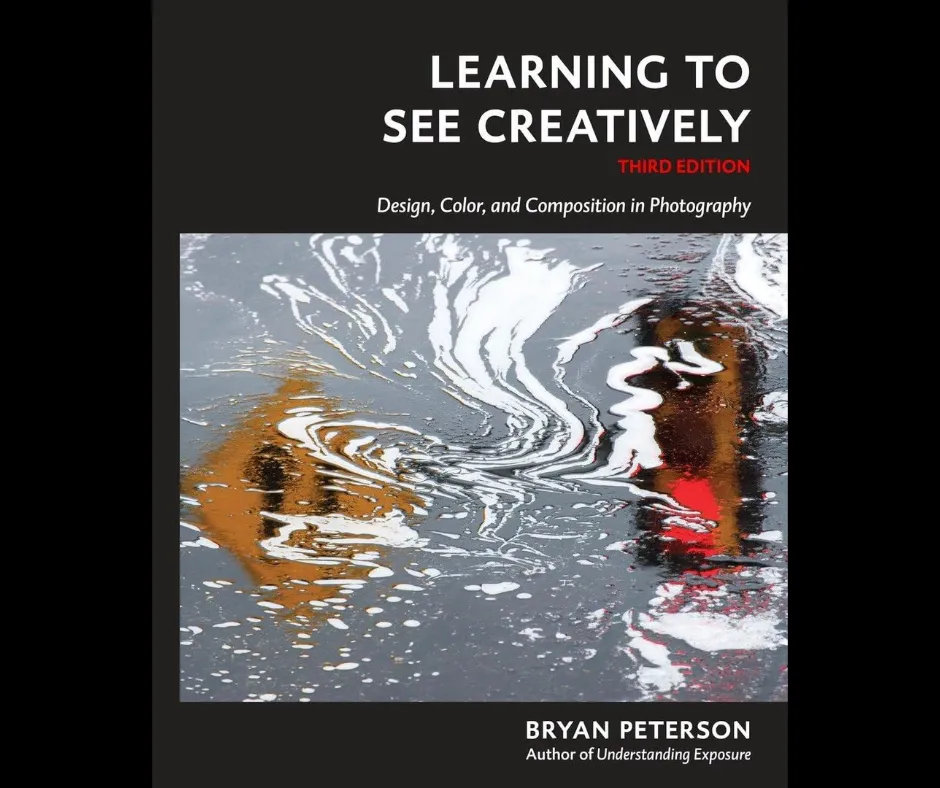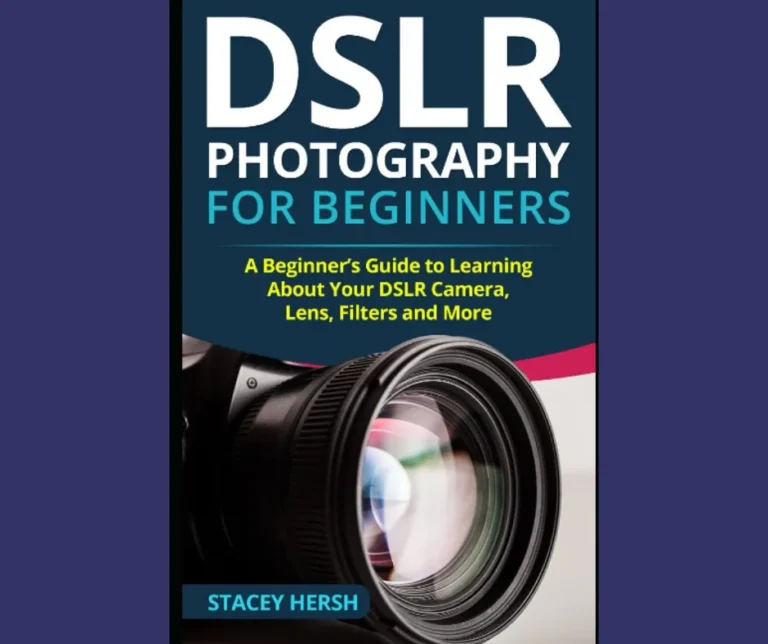Exploring the Rule of Thirds in Photography: From Theory to Practice
Are you looking to elevate your photography skills and take your photos to the next level? One fundamental principle that can greatly improve the composition and aesthetic of your images is the “Rule of Thirds.
” This rule has been used by artists and photographers for centuries and is still widely recognized and utilized today.
In this article, we will delve into the theory behind the Rule of Thirds and how it can be applied in practice to create visually striking photographs.
By understanding the basic principles and techniques of this rule, you will be able to add an element of balance, harmony, and interest to your images.
So, whether you’re a beginner or an experienced photographer, join us in exploring the Rule of Thirds and take your photography skills to new heights.
Understand the basics of composition
To capture compelling and visually pleasing photographs, it is essential to have a solid understanding of the basics of composition.
By mastering composition techniques, you can effectively communicate your artistic vision and create images that captivate your viewers.
Composition refers to the arrangement of elements within a photograph, such as the placement of subjects, lines, shapes, and colors.
It involves making conscious decisions about what to include or exclude from the frame and how to arrange these elements for maximum impact.
By understanding the principles of composition, such as balance, leading lines, symmetry, and rule of thirds, you can elevate your photography from simple snapshots to stunning works of art.
So, take the time to explore the rule of thirds and other composition principles in photography, as they provide a solid foundation for expressing your creativity and capturing breathtaking moments with your camera.
Use the grid to frame shots
When delving into the art of photography, utilizing the grid can greatly enhance the framing of your shots.
By activating the grid feature on your camera or smartphone, you are presented with a helpful overlay that divides the frame into a 3×3 grid.
This grid corresponds to the rule of thirds, a fundamental principle in composition.
Placing key elements of your subject along these gridlines or at their intersections can create a more balanced and visually engaging image.
The grid serves as a guide to ensure that your subject is not centered but rather strategically positioned for maximum impact.
By using the grid to frame your shots, you can effectively apply the rule of thirds and further refine your photographic skills as you explore the theory and practice of the rule of thirds in photography.
Place subjects at grid intersections
To take your understanding and application of the rule of thirds in photography to the next level, it is crucial to place your subjects at the intersections of the grid.
By doing so, you can create compositions that are not only visually pleasing but also captivating to the viewer.
Consider the grid as a roadmap to guide your composition.
Instead of placing your subject dead center, experiment with positioning them at the intersections, where the lines intersect.
This technique draws the viewer’s eye to those points, creating a stronger focal point and adding depth and visual interest to your images.
Remember, the rule of thirds is not a rigid rule but rather a guideline that allows for creativity and experimentation.
By placing your subjects at the grid intersections, you can elevate your photography and master the art of balancing your composition effectively, as you continue exploring the theory and practice of the rule of thirds in photography.
Experiment with off-center compositions
As you delve deeper into exploring the theory and practice of the rule of thirds in photography, it is essential to experiment with off-center compositions.
By intentionally placing your subject away from the center of the frame, you can create dynamic and visually engaging images.
Off-center compositions can add a sense of balance and create a natural flow within your photographs.
Try positioning your subject to one side of the frame, allowing negative space to occupy the remaining portion.
This technique can draw attention to the subject while also adding depth and visual interest to your composition.
Embrace the freedom to break away from traditional center-focused compositions and explore the creative possibilities that off-center compositions can offer in your photographic journey.
By incorporating this technique, you can enhance the overall impact and storytelling aspect of your images, further enriching your exploration of the rule of thirds in photography.
Practice and perfect your compositions
To truly master the art of photography and apply the principles of the rule of thirds, it is crucial to practice and perfect your compositions.
Take the time to experiment with different subjects, angles, and perspectives to find what works best for your desired outcome.
Pay attention to the placement of elements within the frame and how they interact with one another.
Assess the balance, symmetry, and overall visual appeal of your compositions.
Don’t be afraid to take multiple shots and make adjustments as necessary.
Through continuous practice, you will develop a keen eye for composition and be able to effortlessly create captivating and well-balanced photographs.
Remember, exploring the rule of thirds in photography is not just about understanding the theory, but also about honing your skills and pushing the boundaries of your creativity.
So, grab your camera, explore different scenes and subjects, and allow yourself the opportunity to grow and refine your photographic compositions.
Overall, understanding and implementing the rule of thirds in your photography can greatly enhance the composition and visual appeal of your images.
By following this simple guideline, you can create more balanced and impactful photos that draw the viewer’s eye to the most important elements of your composition.
Don’t be afraid to experiment with different compositions and framing techniques, and don’t forget to trust your own creative instincts.
With practice and application, the rule of thirds will become second nature in your photography, allowing you to capture stunning and dynamic shots every time.
Keep exploring and honing your skills, and you’ll see just how powerful this compositional tool can be in taking your photography to the next level.
FAQ
What is the rule of thirds in photography and why is it important?
The rule of thirds in photography is a guideline that suggests dividing an image into nine equal parts using two equally spaced horizontal lines and two equally spaced vertical lines.
This creates a grid with intersecting points where important elements can be placed.
It is important because it helps to create a visually appealing and balanced composition by placing key subjects or points of interest off-center.
By following this rule, you can create more dynamic and interesting photographs that draw the viewer’s eye and create a sense of harmony and balance.
How can the rule of thirds be applied in practice when composing a photograph?
When composing a photograph, you can apply the rule of thirds by imagining a grid of nine equal parts over the scene.
Place the main subject or points of interest along the intersecting lines or at the points where the lines intersect.
This technique creates a more visually appealing and balanced composition.
By using the rule of thirds, you can add depth and interest to your photos, guiding the viewer’s eyes to the focal points and creating a stronger overall composition.
Remember to experiment and trust your instincts to find the best placement for your subjects within the grid.
Are there any exceptions or variations to the rule of thirds that photographers can experiment with?
Yes, as a photographer, you can certainly experiment with exceptions and variations to the rule of thirds.
While the rule of thirds is a helpful guideline for composition, it is not a strict rule that must be followed at all times.
You can try other techniques, such as centered composition or asymmetrical balance, to create unique and visually appealing images.
Don’t be afraid to break the rules and explore different compositions that suit your artistic vision.
Remember, it’s all about experimentation and finding what works best for your individual style and subject matter.
Can you provide examples of famous photographs that effectively utilize the rule of thirds?
Sure, as you look at famous photographs, you’ll notice how the rule of thirds is skillfully applied.
Take “The Afghan Girl” by Steve McCurry, where the girl’s piercing eyes are placed in the upper third of the frame, enhancing the emotional impact.
Another example is “Migrant Mother” by Dorothea Lange, where the mother and her children are positioned on the left third, drawing attention to their expressions and emphasizing the hardships faced during the Great Depression.
Lastly, “The Falling Soldier” by Robert Capa uses the rule of thirds to capture the intensity of war, positioning the soldier’s body along the left vertical third, creating a visually striking image.
How does the rule of thirds enhance the overall composition and visual impact of a photograph?
When you apply the rule of thirds to your photographs, it helps enhance their overall composition and visual impact.
By dividing the image into nine equal parts using two horizontal and two vertical lines, you create four intersecting points.
Placing the main subject or points of interest along these lines or at the intersections creates a more balanced and engaging composition.
This technique adds depth and visual interest to the photo, making it more visually appealing to the viewer.
By using the rule of thirds, you can create a stronger and more impactful visual narrative in your photographs.







